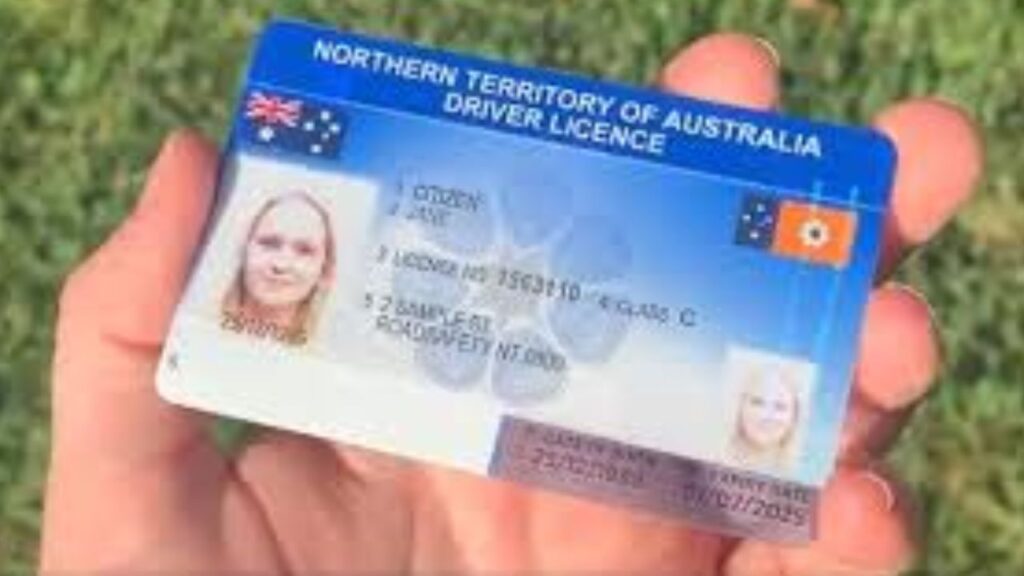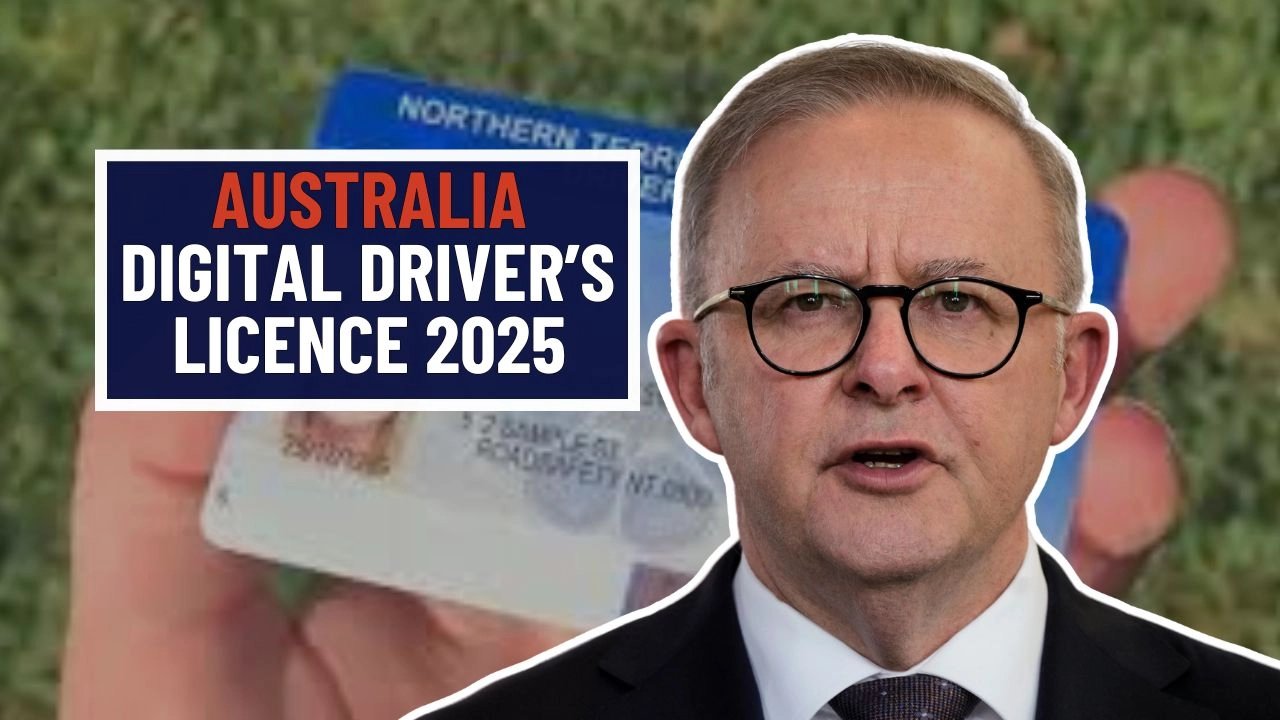As of May 2025, Australia is advancing its digital transformation with the expansion of the Driver Licence Digital Trial across all states and territories. What began as isolated pilot programs is now growing into a nationwide initiative aimed at modernizing identification through digital technology. This initiative reflects a larger vision of improving public service efficiency and adapting to the increasing digital preferences of Australian citizens.
Shaping Identity Through Smartphones: Understanding the New Licence Model
The digital driver’s licence is more than just a digital copy of a plastic card. It is a legally recognized credential stored securely within a government-approved mobile application. This form of ID incorporates real-time updates, PIN or biometric protection, and integration into larger digital ID systems, making it a convenient and adaptive alternative to the traditional physical card. It empowers users with a faster and more flexible way to prove their identity.
Mapping the 2025 Digital Rollout Across Australia
Each Australian state and territory is at a different point in the transition toward full-scale digital licensing. South Australia and the ACT have already completed their rollouts, offering fully functional digital licences integrated into official apps. New South Wales has also finalized its implementation. Queensland and Victoria are progressing steadily, with Queensland expected to complete its rollout by the third quarter of 2025. Western Australia and the Northern Territory are in earlier planning phases, while Tasmania continues to conduct pilot trials in selected regions. This staggered approach allows each jurisdiction to address local needs and infrastructure readiness.
Why Digital Licences Are Capturing Public Interest

The attraction of digital driver’s licences lies in their multi-layered convenience. Users no longer need to worry about misplacing physical cards, as their licence can be securely accessed on a mobile device. Offline availability, real-time update capabilities, and selective data sharing through QR verification enhance both usability and privacy. These features offer practical benefits for both everyday users and law enforcement agencies by streamlining verification and reducing administrative burdens.
Strengthening Digital Governance and National Security
Beyond the user-level convenience, the adoption of digital licences aligns with broader national objectives to enhance cybersecurity and operational efficiency. Encrypted storage, platform-level authentication, and integration with other government services such as Medicare and vehicle registration support a more connected digital infrastructure. These developments are designed not only to modernize identification but also to create a more secure and cost-effective system for managing public data.
Addressing Concerns Around Privacy and Digital Equity
Despite the promise of convenience and improved services, the transition is not without its concerns. Citizens have expressed reservations about how their personal data will be stored and protected in digital environments. The reliance on smartphones and digital literacy also presents challenges, particularly for older Australians or individuals with limited access to mobile technology. Governments are actively addressing these issues through education campaigns and inclusive design strategies to ensure equitable access.
Citizen Response and Lessons from Early Adopters
The general reception of mobile licences has been optimistic, particularly in states where implementation has already occurred. Positive feedback from South Australia and New South Wales has played a crucial role in shaping the rollout in other areas. Feedback loops, public information sessions, and improved app interfaces are helping to build trust and demystify the new licensing system. These insights are proving vital in refining user experience and addressing common misconceptions.
Future Prospects for Australia’s Digital Identity Framework
Looking ahead, the success of the digital driver’s licence is likely to influence other areas of digital identity. Discussions are already underway about extending the model to other forms of legal identification, including digital proof-of-age cards and firearm licences. Long-term possibilities include national integration with federal ID systems and potential compatibility with international standards. As Australia continues down this digital path, the groundwork laid by the driver’s licence initiative may serve as the foundation for a broader digital identity ecosystem.


